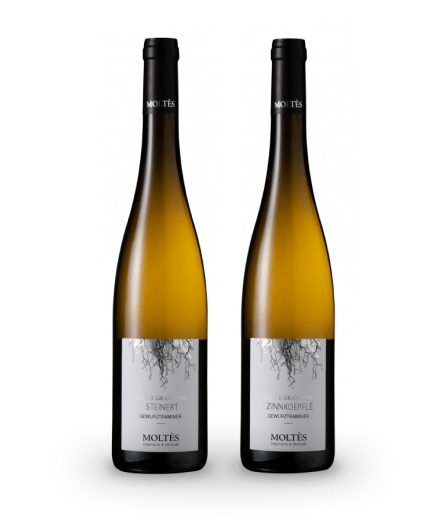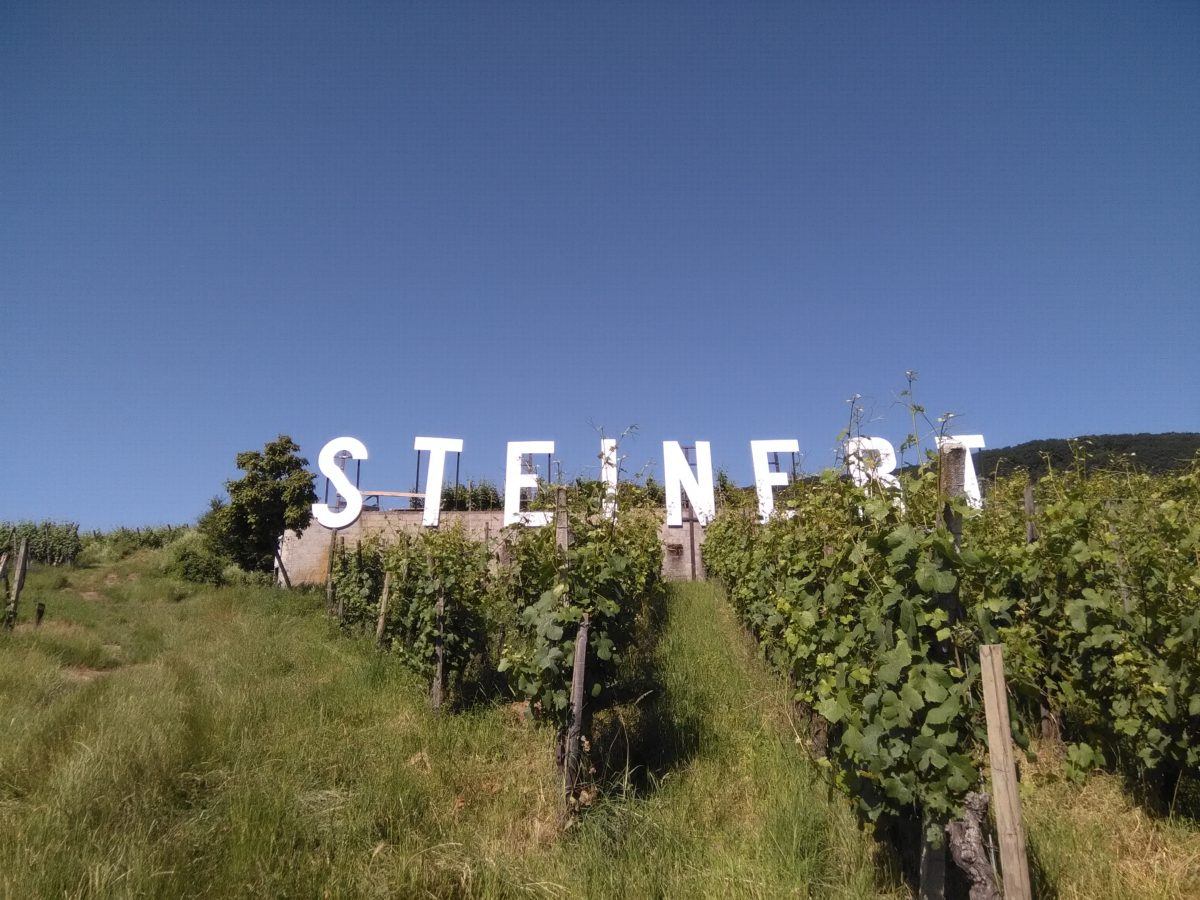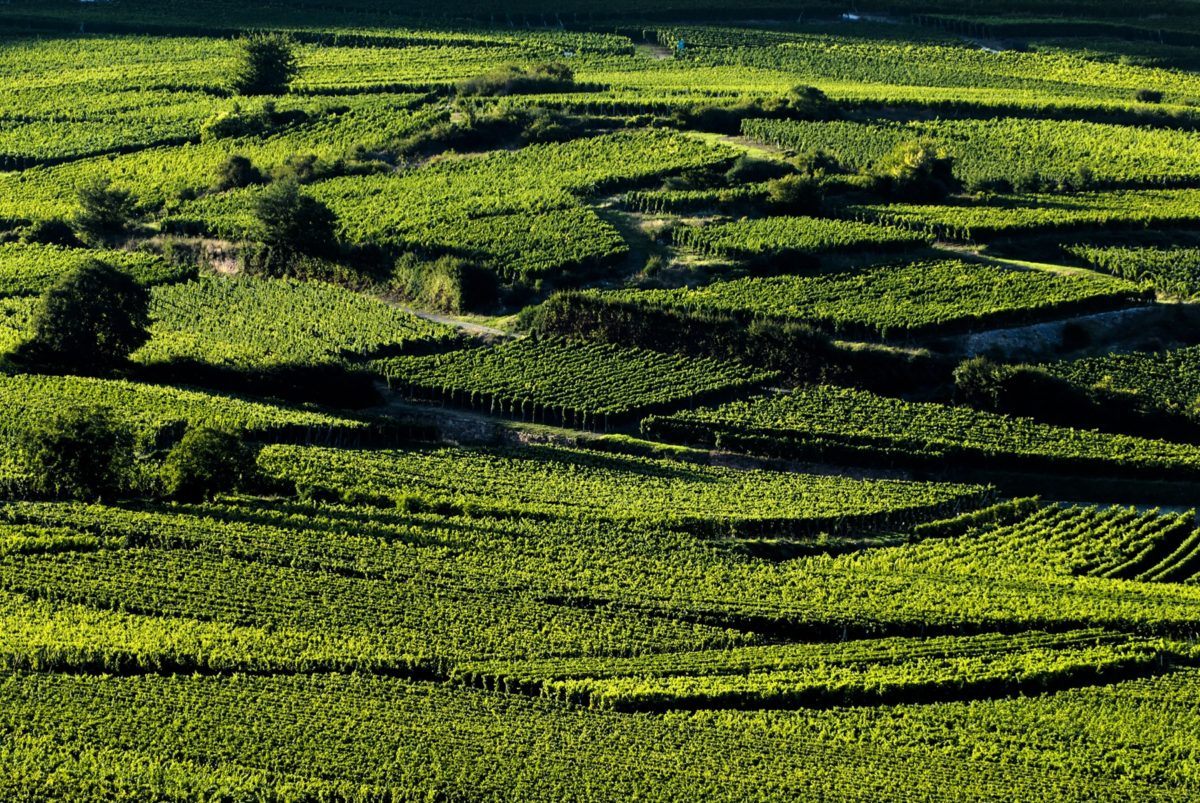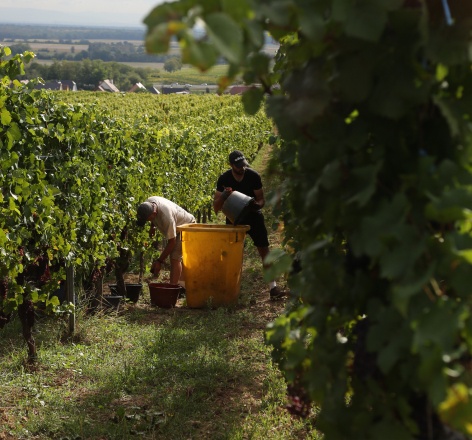Environmental
Our farm is primarily a legacy of our ancestors who shaped it and forged it and worked the soil with a real expertise and a great love for the vineyards.
This is the heritage that makes our wines. We inherited the quality of our land as we have inherited this ability to work it and bring the best out of it. These are our “terroirs” that provide the flavors of our wines and this is why we take great care of each parcel and every branch of our vines. The vineyard of Pfaffenheim is set on the slopes of the Vosges mountains overlooking the village. It currently covers approximately 260 hectares.
Pfaffenheim is known for its microclimate. In fact, it is part of Colmar’s plane which is one of the driest regions in France with only 500mm of rainfall per year. This minimal rainfall affect the landscape. In the areas where the ground is thick enough to hold the rain the vines thrive; however on limestone soil and without water reserve a special flora has developed: Pasque anemones, orchids, etc…
You can find those unique plants by visiting our Bollenberg vineyards, where we grow the grapes of our Cuvée Apollon.

Grands Crus
The specificity of the great Alsatian terroir is based on a mosaic of a rich and unique soil diversity which allows the production of an extraordinary diversity of Alsace wines, among them the spectacular Grand Crus. This diversity of soils is the result of a turbulent geological history: 150 million years ago the sea flooded what is now the Rhine Valley and on the original rocks (granit) numerous sedimentary layers were deposited:sandstone, limestone, marl …

GRAND CRU STEINERT
Oriented to the east, south of Pfaffenheim lays the steepest vineyards of Pfaffenheim county. The soil is dry largely made of limestone. It forms a homogeneous terroir from the Oolitic Dogger era covered by boulders that flow downstream, similar to stones, hence the name Steinert (Stein = stone in Alsatian).
Since the year 1150 the Benedictine convent of Muri (Switzerland), the Roman Catholic Diocese of Basel and Strasbourg owned the vineyards in this area called Steinert. These wines were served to the of pilgrims and bishops of those communities. The geological background influenced heavily the grape varietals and vine growing methods and Gewürztraminer, Pinot Gris and Riesling are the dominant varietals from Steinert. The Steinert wines are characterized by sophisticated flavors especially noticeable after aging.
GRAND CRU ZINNKOEPFLE
This is a terroir located at the highest altitude of any Grand Cru Alsace. It is characterized by a Mediterranean climate ventilated with fresh wind flow. These characteristics allow to achieve over-ripeness and abundance of grapes and yet to respect the delicate aroma of the grapes. The Zinnkoepflé, “The sun mountain”, is an exceptional natural locaton, patiently handled by the winegrowers throughout the centuries. The shell and limestone base of the Zinnkoepflé “terroir” brings an aromatic finesse and a remarkable acidity to the powerful wines from this area. The aging potential exceeds the decade !









